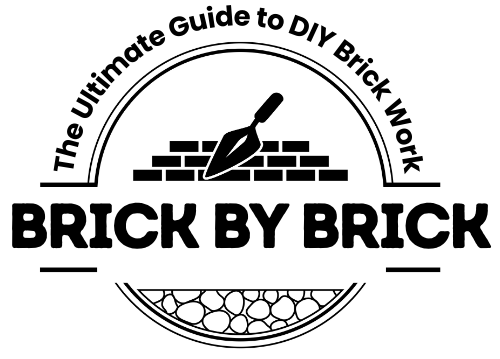Uses, and Techniques
Stone masonry is an ancient building technique that has been used for thousands of years. It involves the use of stones to create structures such as walls, arches, and columns. Stone masonry is still a popular building method today, and it can be found in both historic and modern structures.
In this guide, we will explore the different classifications of stone masonry, its uses, and the techniques involved in its construction.
Classifications of Stone Masonry
There are three main classifications of stone masonry: rubble masonry, ashlar masonry, and coursed masonry.
1. Rubble Masonry
Rubble masonry is the most basic form of stone masonry. It involves the use of irregularly shaped stones that are laid in a random pattern without any shaping or dressing. The stones are usually rough and uneven, and they are held together with mortar.
Rubble masonry is commonly used in the construction of foundations, retaining walls, and boundary walls. It is also used in the construction of rural buildings such as barns and sheds.
2. Ashlar Masonry
Ashlar masonry is a more refined form of stone masonry. It involves the use of cut and dressed stones that are laid in a regular pattern. The stones are carefully shaped and fitted together to create a smooth and uniform surface.
Ashlar masonry is further classified into two types: ashlar fine and ashlar rough. Ashlar fine involves the use of finely dressed stones with smooth and even surfaces, while ashlar rough involves the use of stones with rough and uneven surfaces.
Ashlar masonry is commonly used in the construction of high-end buildings such as churches, government buildings, and monuments.
3. Coursed Masonry
Coursed masonry is a type of stone masonry that involves the use of stones of equal height and length. The stones are carefully laid in horizontal courses with regular joints between them. This creates a neat and uniform appearance.
Coursed masonry is commonly used in the construction of residential and commercial buildings. It is also used in the construction of bridges and other structures that require a high level of precision.
Uses of Stone Masonry
Stone masonry has been used for centuries to construct a wide range of structures. Some of the most common uses of stone masonry include:
1. Walls
Stone masonry is commonly used in the construction of walls. The strength and durability of stone make it an ideal material for creating strong and long-lasting walls. Stone walls can be found in both historic and modern buildings, and they are often used as decorative features.
2. Arches and Columns
Stone masonry is also used to create arches and columns in buildings. These structures not only add to the aesthetic appeal of a building but also provide structural support. The use of stone in arches and columns ensures that they are strong and can withstand heavy loads.
3. Bridges
Stone masonry has been used to construct bridges for centuries. The strength and durability of stone make it an ideal material for building bridges that can withstand the weight of vehicles and heavy traffic.
4. Monuments and Memorials
Many historic monuments and memorials are made of stone masonry. The use of stone in these structures not only adds to their grandeur but also ensures that they will stand the test of time.
Techniques of Stone Masonry
Stone masonry involves a variety of techniques that are used to shape, cut, and lay stones. Some of the most common techniques include:
1. Dressing
Dressing is the process of shaping and smoothing the surface of a stone. This is done using tools such as hammers, chisels, and saws. Dressing is used to create stones of specific sizes and shapes for use in ashlar masonry.
2. Laying
Laying is the process of placing stones in a specific pattern to create a structure. Stones are carefully selected and placed in the desired position, and mortar is used to hold them together. The type of laying technique used depends on the type of stone masonry being constructed.
3. Pointing
Pointing is the process of finishing the joints between stones. This is done using mortar or other materials to fill in any gaps and create a smooth and uniform surface.
4. Rubble Filling
Rubble filling is a technique used in rubble masonry to fill the gaps between stones with smaller pieces of stone and mortar. This helps to strengthen the structure and create a more solid wall.
In Conclusion
Stone masonry is a versatile building technique that has been used for centuries. Its strength, durability, and aesthetic appeal make it a popular choice for a wide range of structures. Whether you are building a simple wall or a grand monument, understanding the different classifications, uses, and techniques of stone masonry can help you create a structure that will stand the test of time.
